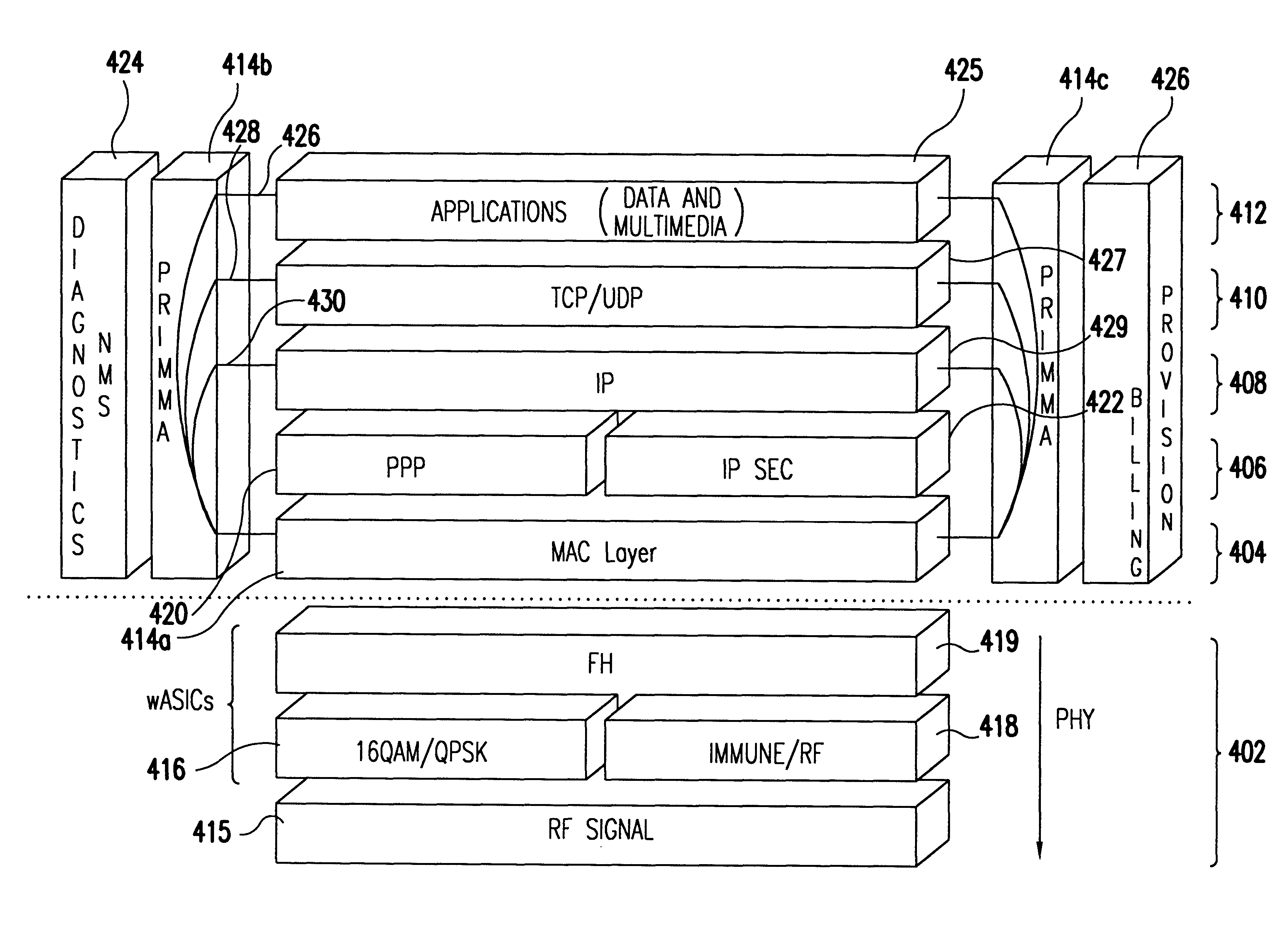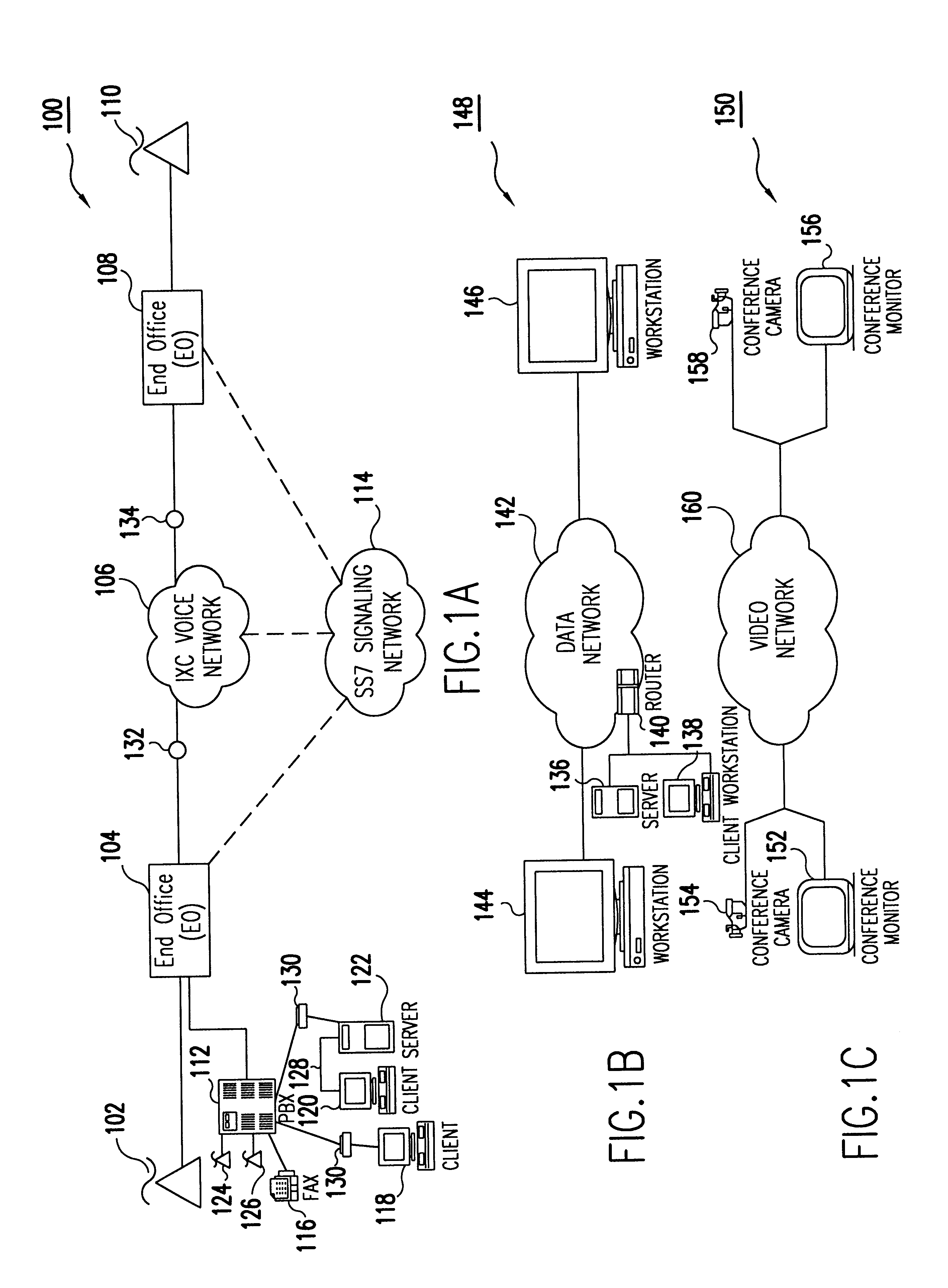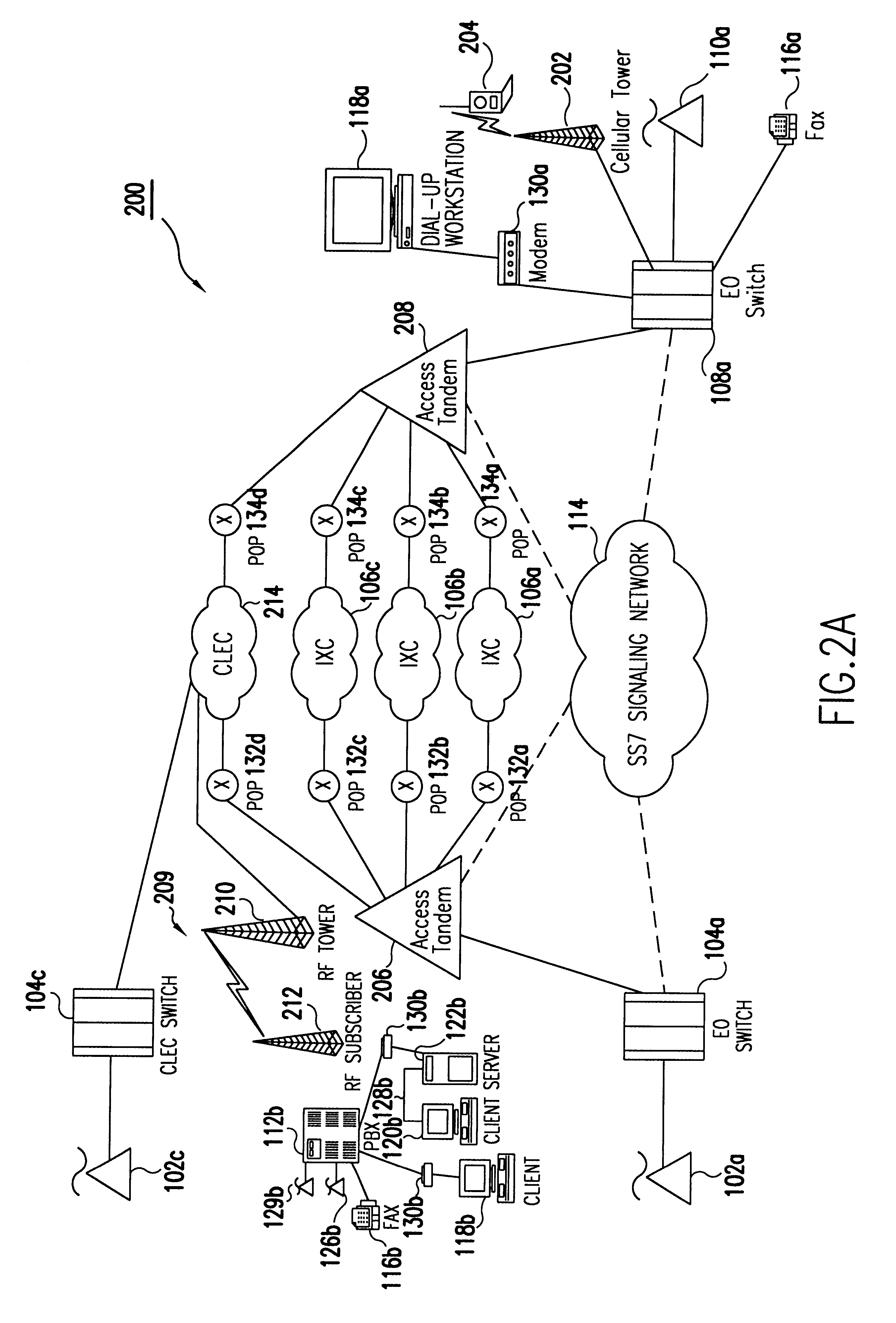Transmission control protocol/internet protocol (TCP/IP) packet-centric wireless point to multi-point (PTMP) transmission system architecture
a transmission system and transmission control technology, applied in the field of telecommunications, can solve the problems of inefficient use of communications bandwidth by circuit switched connections, low qos characteristics of wireless broadband access systems, and high bit error rates of wireless networks
- Summary
- Abstract
- Description
- Claims
- Application Information
AI Technical Summary
Benefits of technology
Problems solved by technology
Method used
Image
Examples
Embodiment Construction
I. An Example Environment
The present invention is described in terms of an example environment. The example environment uses a fixed wireless point-to-multi-point (PtMP) connection to transmit packetized data information including for example, IP telephony, video, data, received from a telecommunications carrier. As used herein, a telecommunications carrier can include US domestic entities (see Definitions below at section II) such as, e.g., ILECs, CLECs, IXCs, NGTs and Enhanced Service Providers (ESPs), as well as global entities such as PTTs and NEs, recognized by those skilled in the art. In addition, as used herein a telecommunications system includes domestic systems used by entities such as, e.g., ILECs, CLECs, IXCs and Enhanced Service Providers (ESPs), as well as global systems recognized by those skilled in the art.
In the preferred embodiment, the traffic arrives from a wide area network (WAN) connection.
Data traffic is received from a data network through a network router ...
PUM
 Login to View More
Login to View More Abstract
Description
Claims
Application Information
 Login to View More
Login to View More - R&D
- Intellectual Property
- Life Sciences
- Materials
- Tech Scout
- Unparalleled Data Quality
- Higher Quality Content
- 60% Fewer Hallucinations
Browse by: Latest US Patents, China's latest patents, Technical Efficacy Thesaurus, Application Domain, Technology Topic, Popular Technical Reports.
© 2025 PatSnap. All rights reserved.Legal|Privacy policy|Modern Slavery Act Transparency Statement|Sitemap|About US| Contact US: help@patsnap.com



